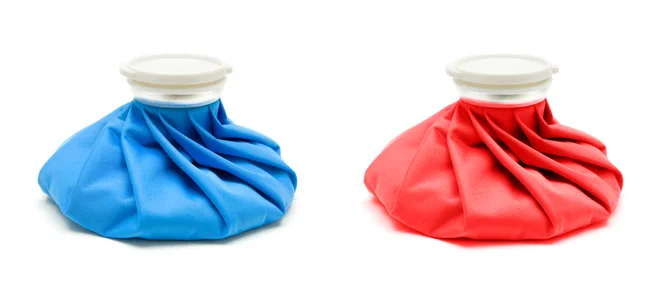Treatment with ice and heat are excellent ways to ease pain. Use ice for acute injuries or areas of inflammation where it cools down areas of inflammation quickly, while giving temporary relief on its own in certain situations, such as cold sores, thanks to the soothing effect it provides paralyzed muscles after stroke symptoms. This method isn’t always the most effective. Sometimes , one solution has both warming and cooling properties but other times they do not have complimentary ones at all.
How The Heat Therapy How It Works
The advantages of using heat therapy are well documented. It is possible to increase the temperature of a particular location to increase blood circulation and lessen discomfort. It also helps you relax your muscles and improve flexibility. Heating aids in healing damaged tissue by loosening tight muscles around ligaments and tendons. It’s a gentle warmth, just the thing they require after intense training sessions, which have caused everything to feel like it’s beyond endurance. This treatment has been shown time over again as being highly beneficial.
It is possible to use heat therapy to ease pain in different regions of your body. It is one of the types. Apply local anesthesia on the area where pain is felt. Next, apply an ice pack to the most sensitive regions. This can help to remain cool as well as reduce inflammation. You can also get an entire body massage by getting into a revitalizing sauna or hot bath.
How Cold Therapy Works
It is essential to have cold therapy for those who suffer with chronic pain. It works by reducing the flow of blood around an area. This helps reduce swelling and inflammation that causes joint pain or tendon particularly around knees. Cold therapy will bring immediate relief because nerve activity is decreased in the area affected. But, it only lasts about 30 minutes before it returns. We recommend 2 rounds each day, or perhaps 3 if necessary.
Although cold therapy can be excellent for decreasing pain and inflammation However, it shouldn’t be applied on muscles or joints that are stiff as they may cause nerve damage. It’s crucial for patients with diabetes who experience a decrease in sensation on their hands due to a disease-related condition called fifth finger type to seek medical treatment before using cold therapy at home, without supervision by medical professionals who are skilled enough to deal with the cases.
To learn more, click ice packs for injuries reusable gel
You’ll get the most out of your cold and heat therapy treatments by knowing when you should use the treatments. For instance, arthritis patients might require both to alleviate stiff joints as well as acute pain from inflammation because they can’t always tolerate medications or surgical procedures on their joints without putting themselves at risk of further injury caused by infection at a time when it’s already difficult enough to move to work and get around. Get treatment today.
